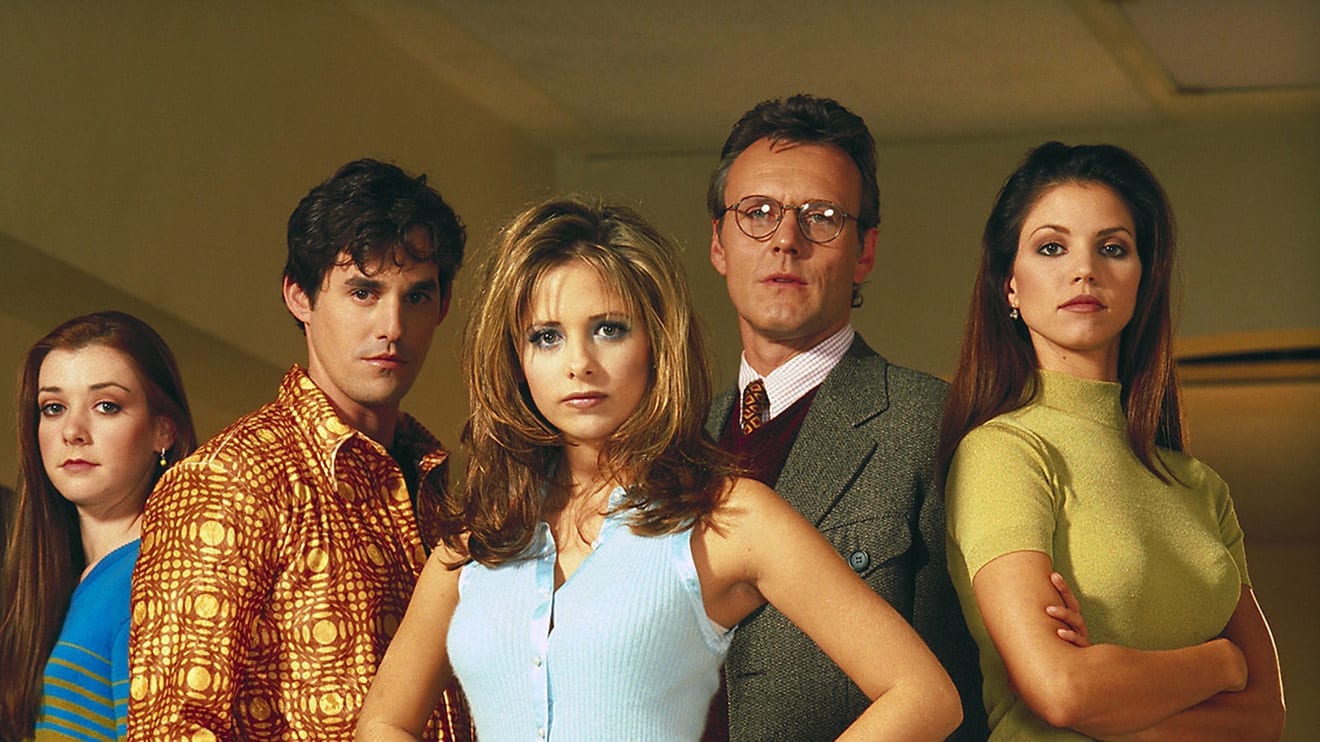During the COVID-19 lockdown we all did our best to stay safe and stay sane, despite being trapped in the confines of our homes. A significant part of that, for me, was spending hours and hours binge-watching TV. This was the perfect time to settle down and watch those ’classic’ shows that I’ve been wanting to check out forever – and it just so happened that I ended up realising something truly fascinating. These shows, particularly the ones spanning from the end of the 90s to the beginning of the 2000s, all have some amazing attributes that are all recognisable in today’s television. They were genuinely ground-breaking in their own time, and set new rules for the industry. If we look close enough, we can glimpse the building blocks of popular modern TV shows – and I mean: tropes, characters, structures and so much more.
In this non-exhaustive list of brilliant 90s shows, I am looking to point out some of the features which made these series so epic, and gave them relevance even twenty odd years later. Starting with…
The X-Files
With its first episode airing in 1993, The X-Files was both a pioneer and a root for many future TV tropes. The show, alongside having a series-spanning mythology, made the ‘monster of the week’ structure popular with various supernatural villains such as Eugene Victor Tooms or the Flukeman. The X-Files became famous for its lead characters – the brilliant crime fighting duo of Mulder and Scully – and their frustratingly slow-burn romance. Many modern shows, such as Castle, Bones or Lucifer followed suit, taking advantage of the allure of watching opposing personalities work together (that The X-Files creator Chris Carter recognised so early on). It subtly acknowledged the female struggle of working in a male-dominated field and encouraged women and girls around the world to become strong, independent professional individuals – just like Agent Dana Scully (or actress Gillian Anderson, for that matter.)
